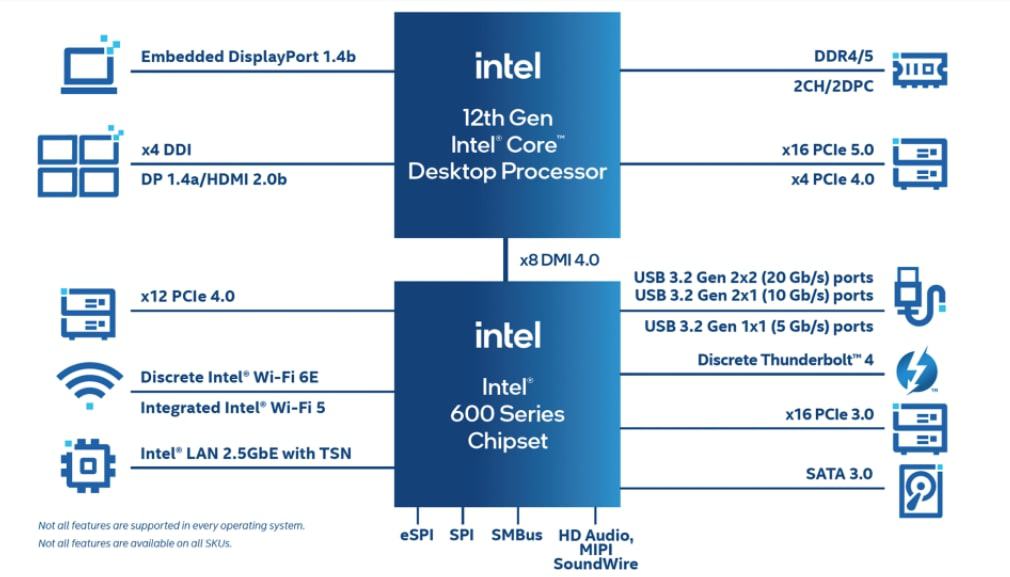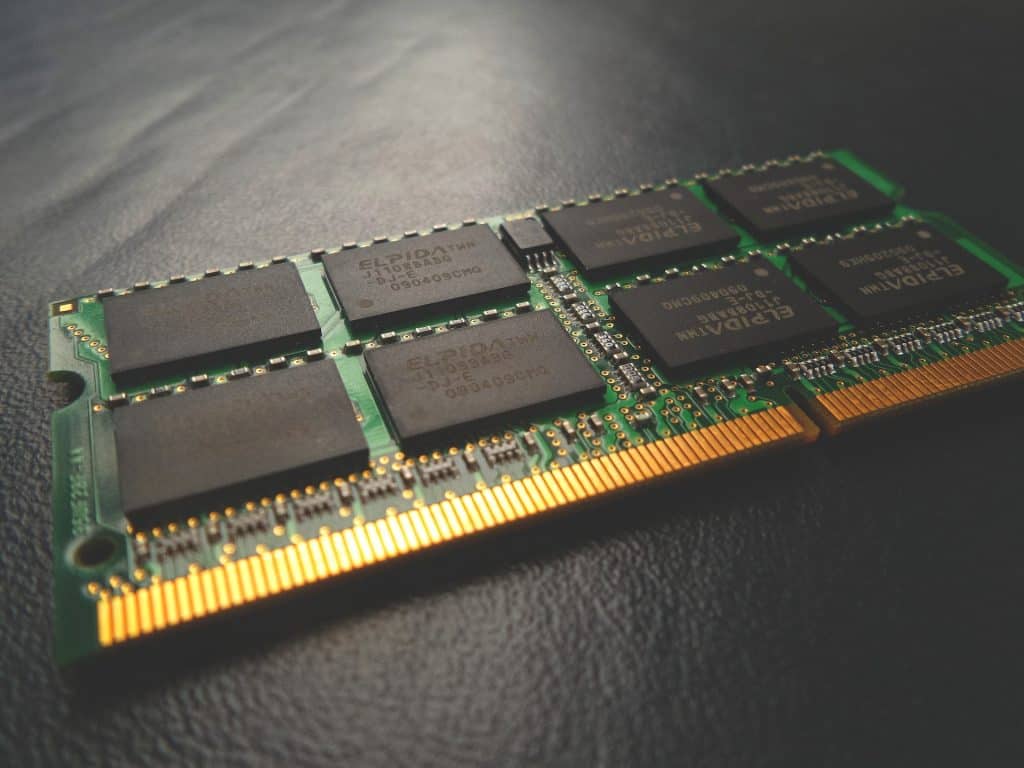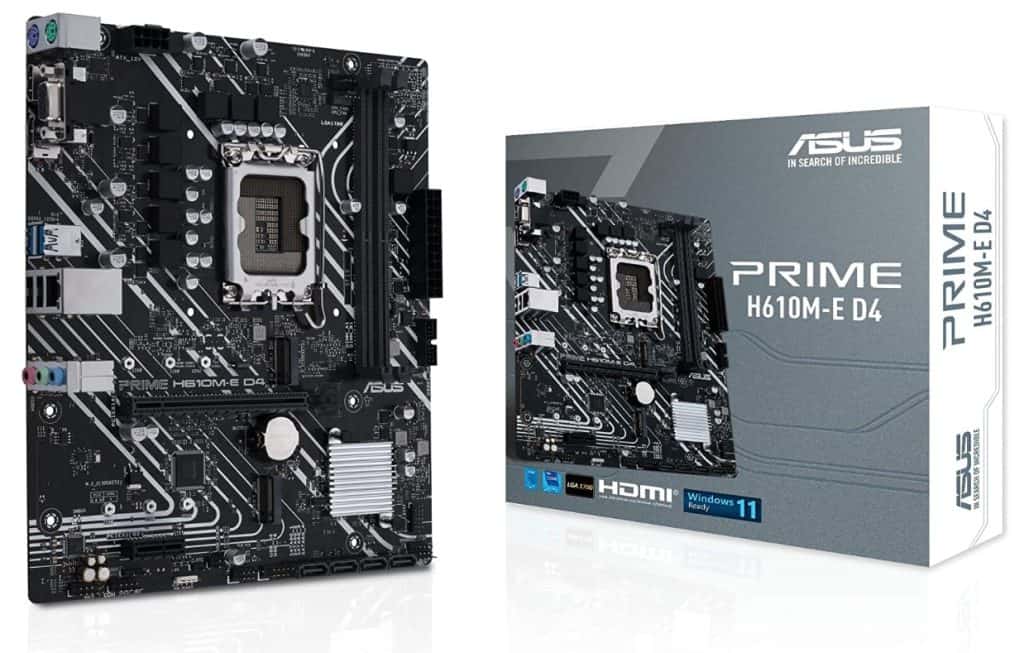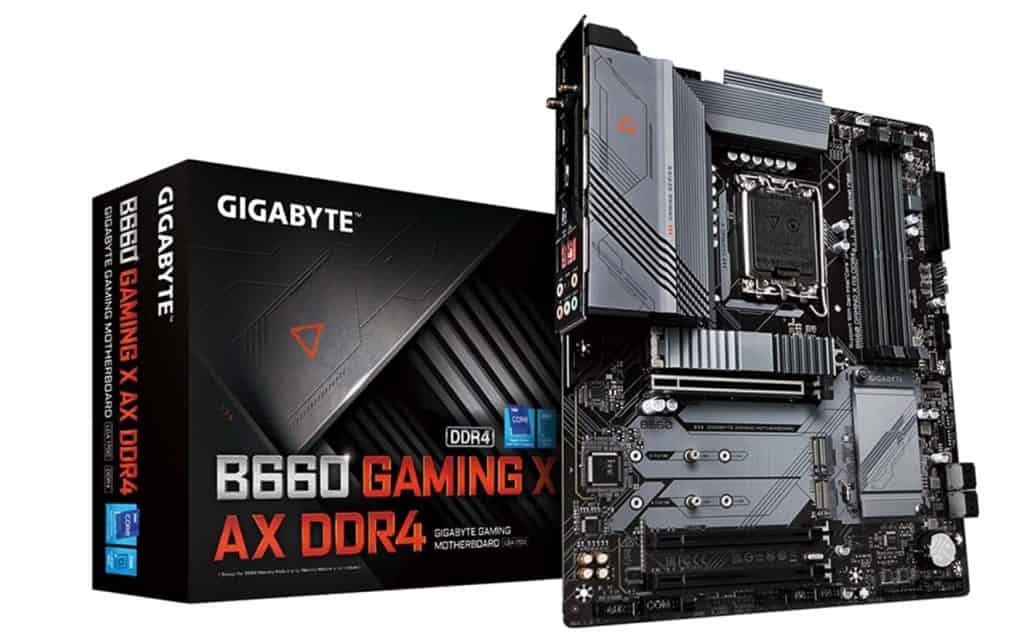If you’re searching for a new Intel motherboard, but the Z690 or H670 is out of your budget, Intel has released two more chipsets from its 600-series at the start of this year — H610 and B660 and H670 — for the more budget-conscious.
In this article, we’ll compare H610 vs B660 to find out which chipset is better (we’ll leave the H670 for another time).
H610 vs B660 – General Overview
| Key Features | H610 | B660 |
|---|---|---|
| Release Date | January 5, 2022 | January 5, 2022 |
| Manufacturer | Intel | Intel |
| Series | 600 | 600 |
| Socket | LGA1700 | LGA1700 |
| CPU Support | Intel Core 12th Generation (Alder Lake) | Intel Core 12th Generation (Alder Lake) |
| CrossFire/SLI Support | Yes/No | Yes/No |
| Overclocking | No | No |
| Data Transfer Speed | 32Gb/s (Thunderbolt 4.0) | 32Gb/s (Thunderbolt 4.0) |
| Memory Generation Support | DDR4 & DDR5 | DDR4 & DDR5 |
| Max RAM | 128GB | 128GB |
| Max RAM Speed (DDR4/DDR5) | 3200Mhz/4800Mhz | 3200Mhz/4800MHz |
| PCIe 3.0 Lanes | 8 | 8 |
| PCIe 4.0 Lanes | 0 | 6 |
| CPU PCIe 5.0 | 1×16 | 1×16 |
| SATA 3.0 Ports | 4 | 4 |
| Max USB Ports | 10 | 12 |
| USB 3.2 2×2 (20Gb/s) | 0 | 2 |
| USB 3.2 2×1 (10Gb/s) | 2 | 4 |
| USB 3.2 1×1 (5Gb/s) | 4 | 6 |
| Integrated WiFi | Intel WiFi 6E | Intel WiFi 6E |
Both H610 and B660 are a part of Intel’s 600-series of chipsets for the Alder Lake 12th Generation CPUs.
More specifically, these two chipsets, plus the H670, were announced at the same time as Intel’s non-K (FYI — the K in the Intel series denotes that a CPU is unlocked for overclocking) desktop 12th Generation Alder Lake Non-K processor lineup.
As the non-K CPU line is more geared toward budget gamers and standard users, who are less interested in overclocking, the H610 and B660 chipsets also reflect this as more cost-effective alternatives to Z690.
Socket and CPU Compatibility

Socket Type Supported
All Intel 600-series chipsets, including H610 and B660, support the LGA1700 socket.
Compared to the previous Intel sockets (LGA1200, LGA1511, etc), the LGA1700 retained the same width of 37.5mm, but is 7.5mm longer and has a 4-key socket keying mechanism compared to the 2-key mechanism that the previous sockets used.
With that said, the LGA1700 has a higher pin count, allowing for a much better power delivery between the motherboard and the CPU.
The LGA1700 will supposedly also support the next (13th) generation of Intel CPUs, the Raptor Lake, which will be released in Q4 2022.
CPU Support/Compatibility
As we already said, the entire Intel chipset 600-series was made for the Alder Lake processors or the 12th Generation of Intel CPUs.
Regarding the desktop processors (Alder Lake-S), they all support PCI Express Gen 5 16x and have 4x PCI Express Gen 4 lanes. They also support up to 128GB of either DDR4 3200MHz or DDR5 4200MHz in dual channel mode.
GPU Compatibility
SLI/CrossFire Compatibility
The H610 and B660 chipsets both support CrossFire technology, allowing two or more graphics cards to work in tandem.
On the other hand, these two chipsets don’t support SLI (Scalable Link Interface), as Intel abandoned that tech after the Z490 (which you can see here compared to Z390).
Performance

Overclocking
If you’re interested in overclocking your rig, you won’t be able to do that with any of the 600-series chipsets except the Z690.
Unfortunately, the H610 and B660 don’t support CPU overclocking.
Data Transfer Speed
The 600-series Intel motherboard chipsets, including the H610 and B660, all support Thunderbolt 4.0.
The 4.0 can achieve PCIe data transfer speeds of up to 32GB/s, twice as fast as the previous Thunderbolt 3.0.
Memory Speed/Compatibility

As we mentioned when talking about CPUs, the H610 and B660 support both DDR4 and DDR5 memories with speeds up to 3200MHz (DDR4) and 4800MHz (DDR5) with a max capacity of 128GB.
Both have two memory channels, as well. However, H610 has two max memory slots, while the B660 has four slots.
Both also support memory overclocking, and Intel has a handy guide on how to overclock RAM if you want to get more out of your Random Access Memory.
Other Features
WiFi Compatibility
When it comes to WiFi, both H610 and B660 (as well as all other 600-series chipsets) support Intel 6E WiFi.
Of course, whether the motherboard you get will have integrated WiFi or not is another question altogether. Make sure you read the fine print when you buy your board, as third-party manufacturers modify specs a bit.
Connectivity Options
The H610 and B660 are nowhere close to Z690 regarding PCIe lanes.
The B660 has up to six PCIe 4.0 lanes and eight PCIe 3.0 lanes, whereas H610 has zero PCIe 4.0 but eight PCIe 3.0 lanes.
In comparison, Z690 has 12 PCIe 4.0 lanes and 16 PCIe 3.0 lanes.
The good news is that both H610 and B660 support CPU PCIe 5.0 (both 1×16).
As for SATA, both chipsets have four SATA 3.0 (6GB/s) ports. Compared to the H670, for instance, which has eight SATA ports.
Finally, the B660 has two more USB 2 ports for 12 total, while the H610 has 10 total.
Specifically, H610 has:
- 0 USB 3.2 Gen 2×2 ports (20Gb/s)
- 2 USB 3.2 Gen 2×1 ports (10Gb/s)
- 4 USB 3.2 Gen 1×1 ports (5Gb/s)
On the other hand, the B660 has:
- 2 USB 3.2 Gen 2×2 ports (20Gb/s)
- 4 USB 3.2 Gen 2×1 ports (10Gb/s)
- 6 USB 3.2 Gen 1×1 ports (5Gb/s)
Future Proofing
Both H610 and B660 support DDR5, so as this becomes (and it will) more widely used, having a motherboard that works with it will be worth it in the long run.
Also, as the LGA1700 socket will likely work on the Intel 13th CPU Generation, this means your H610 or B660 will support it as well.
The biggest downside is that these two chipsets don’t support CPU overclocking, so if you find your machine struggling with new software, that’s just how things are.
Recommended H610 Motherboards

We checked out a few H610 mobos, so you don’t have to. Here are our recommendations:
- ASUS Prime H610M-E D4 – Check Price on Amazon
- Gigabyte H610M S2H – Check Price on Amazon
- ASUS Pro H610T D4-CSM – Check Price on Amazon
Recommended B660 Motherboards

If you are looking for a B660 motherboard, instead, here are some good ones:
- Gigabyte B660 Gaming X AX DDR4 – Check Price on Amazon
- ASUS Prime B660 Plus D4 – Check Price on Amazon
- ASUS ROG Strix B660-A Gaming – Check Price on Amazon
Conclusion
The Z690 chipset is the clear star of Intel’s 600-series, with H670 following close by, which you can see in our H670 vs Z690 comparison article.
However, both H610 and B660, while not as powerful as those two, still have a lot to offer, especially for regular and budget-oriented users.